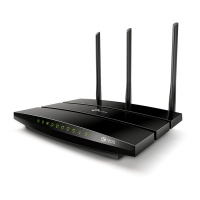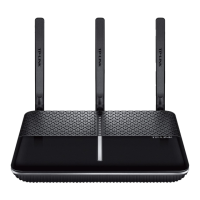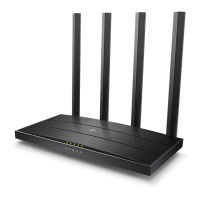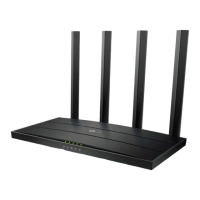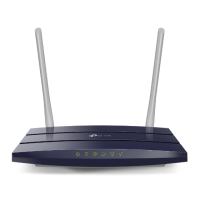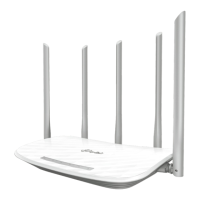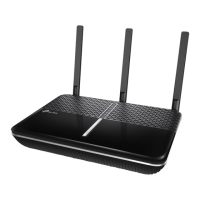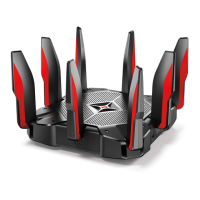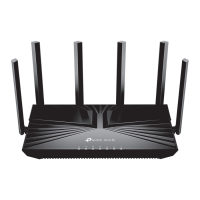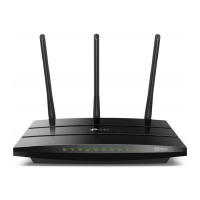- 75 -
VPN - VPN Passthrough must be enabled if you want to allow VPN tunnels using VPN
protocols to pass through the router.
PPTP Passthrough - Point-to-Point Tunneling Protocol (PPTP) allows the
Point-to-Point Protocol (PPP) to be tunneled through an IP network. To allow PPTP
tunnels to pass through the router, click Enable.
L2TP Passthrough - Layer Two Tunneling Protocol (L2TP) is the method used to
enable Point-to-Point sessions via the Internet on the Layer Two level. To allow L2TP
tunnels to pass through the router, click Enable.
IPSec Passthrough - Internet Protocol security (IPSec) is a suite of protocols for
ensuring private, secure communications over Internet Protocol (IP) networks, through
the use of cryptographic security services. To allow IPSec tunnels to pass through the
router, click Enable.
ALG - It is recommended to enable Application Layer Gateway (ALG) because ALG allows
customized Network Address Translation (NAT) traversal filters to be plugged into the
gateway to support address and port translation for certain application layer "control/data"
protocols such as FTP, TFTP, H323 etc.
FTP ALG - To allow FTP clients and servers to transfer data across NAT, click Enable.
TFTP ALG - To allow TFTP clients and servers to transfer data across NAT, click
Enable.
H323 ALG - To allow Microsoft NetMeeting clients to communicate across NAT, click
Enable.
RTSP ALG - To allow some media player clients to communicate with some streaming
media servers across NAT, click Enable.
Click the Save button to save your settings.
5.11.2 Advanced Security
Choose menu “Advanced
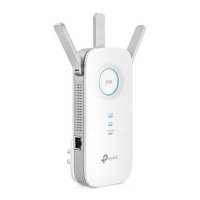
